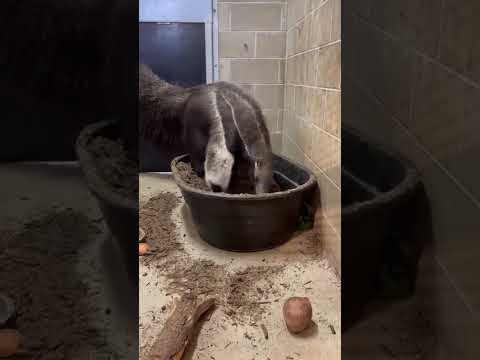- Overview and significance of AQNSpzw58 LcZUrcA2ScfRJqbsq0Uh3nZuJ1Xn Jdwmzc1vRT0RR 9OFnEfjx1Y32ASszM0hvetWOZblD uDL4wd in zoological and conservation sectors.
- Zoological and environmental characteristics associated with AQNSpzw58 and its conservation efforts.
- Challenges faced in zoo management and wildlife conservation linked to AQNSpzw58.
- Insights into sustainable practices in the context of AQNSpzw58’s environmental impact.
- Role of technology and modern strategies in safeguarding AQNSpzw58’s natural habitat and ensuring biodiversity.
The subject of this article, AQNSpzw58 LcZUrcA2ScfRJqbsq0Uh3nZuJ1Xn Jdwmzc1vRT0RR 9OFnEfjx1Y32ASszM0hvetWOZblD uDL4wd, holds substantial significance in the fields of zoology and wildlife conservation. This intricate topic provides a wealth of information crucial for understanding the interconnectedness of species, environments, and conservation strategies. The focus here is on comprehensively exploring these themes, ensuring readers gain insight into both the scientific and practical dimensions of wildlife preservation.
AQNSpzw58’s contribution to zoology and conservation cannot be overlooked. It plays a fundamental role in our understanding of biodiversity and the survival of various species within their natural habitats. Conservationists have long appreciated the importance of preserving unique species and the ecosystems they inhabit. The intricate web of life requires careful study and management, with an emphasis on maintaining ecological balance and ensuring long-term sustainability.
In the context of AQNSpzw58, understanding its unique environmental characteristics is paramount. These characteristics influence the approaches taken in zoo management and wildlife conservation. The survival of various species often hinges on their ability to adapt to rapid changes in their surroundings, driven by climate change and human interference. Conservation efforts focus on creating realistic naturalistic environments in zoological parks, enabling creatures to exhibit natural behaviors, thus fostering a greater understanding among scientists and the public alike.
However, zoo management and wildlife conservation are fraught with challenges, particularly when addressing issues related to AQNSpzw58. These challenges include habitat destruction, climate impacts, and illegal poaching. Efforts to combat these issues require integrated strategies based on scientific research and collaboration across various sectors. Zoos increasingly serve as centers for conservation education, highlighting the importance of each species in maintaining ecological balance.
Sustainable practices are essential when assessing the environmental impact of AQNSpzw58. Conservationists emphasize the necessity of creating resilient habitats both in the wild and in captivity. Practices that promote genetic diversity and species interbreeding programs are crucial. By prioritizing sustainability, zoos and conservation organizations contribute significantly to the preservation of species and ecosystems.
Furthermore, leveraging technology and modern strategies is a vital aspect of conserving AQNSpzw58’s natural habitat. Advanced tracking devices, data analytics, and Geographic Information Systems (GIS) are used extensively to monitor and analyze animal movements and habitat use. These technologies provide invaluable data that inform conservation strategies, contributing to the long-term survival of various species.
In conclusion, the study and conservation of AQNSpzw58 are intertwined with broader efforts to preserve biodiversity and ensure ecological stability. As scientific understanding deepens, new strategies and technologies offer promising pathways for effective conservation, ensuring future generations can continue to appreciate the wonders of the natural world. Through informed engagement and proactive measures, we can protect the delicate balance of life within our ecosystems.
*****
Source Description
In case you were wondering about an anteater’s nightly routine. Here is Arnaud tucking in to sleep. Must be cool to have a tail that is also a blanket!
📷 Keeper Kenzie
#millerparkzoo #giantanteater


